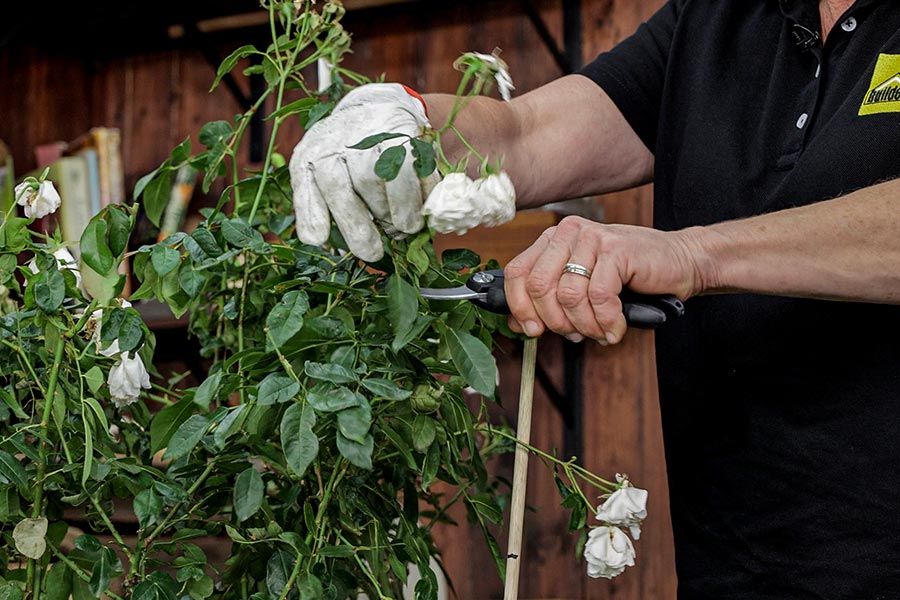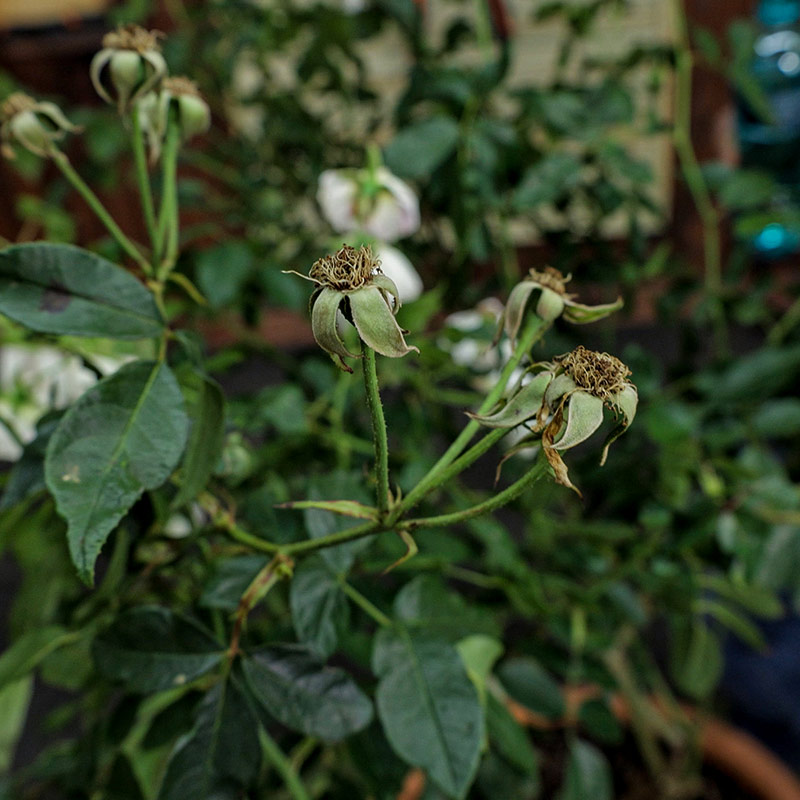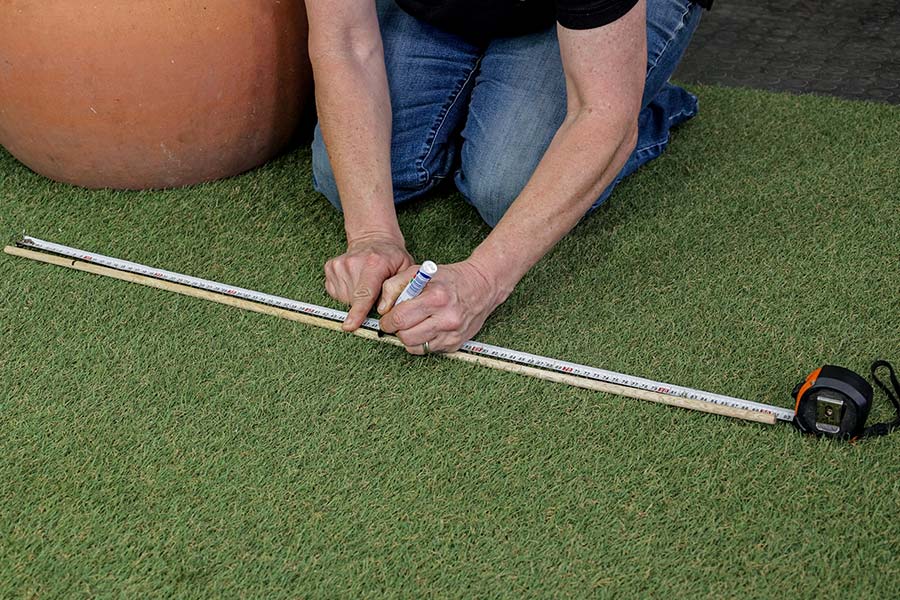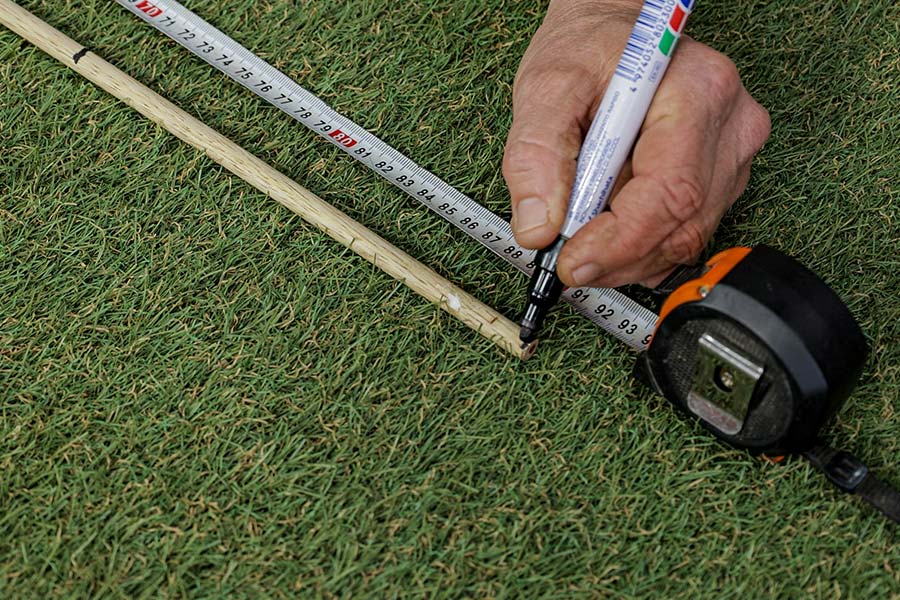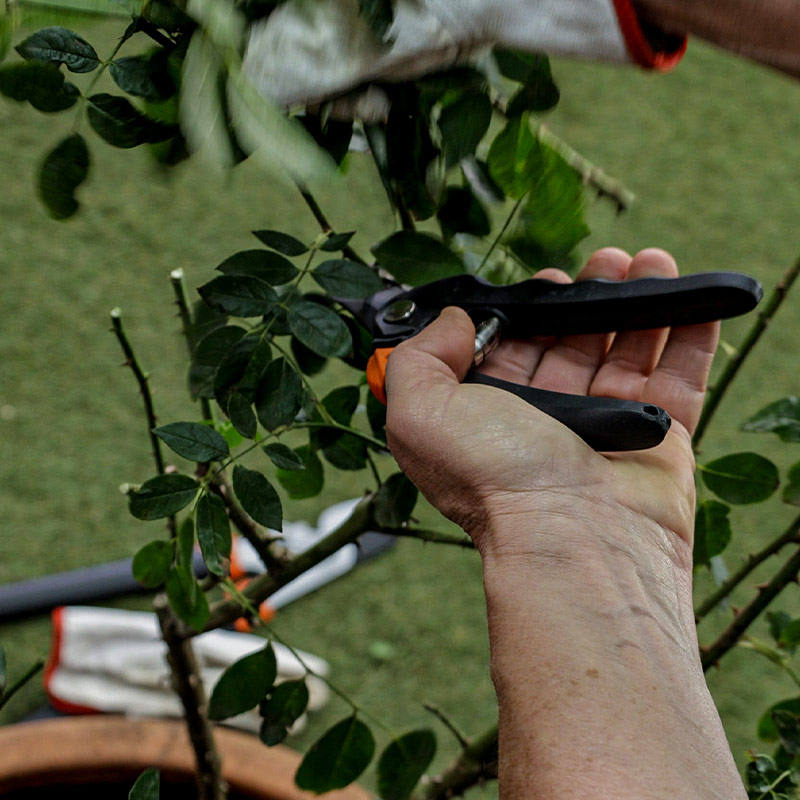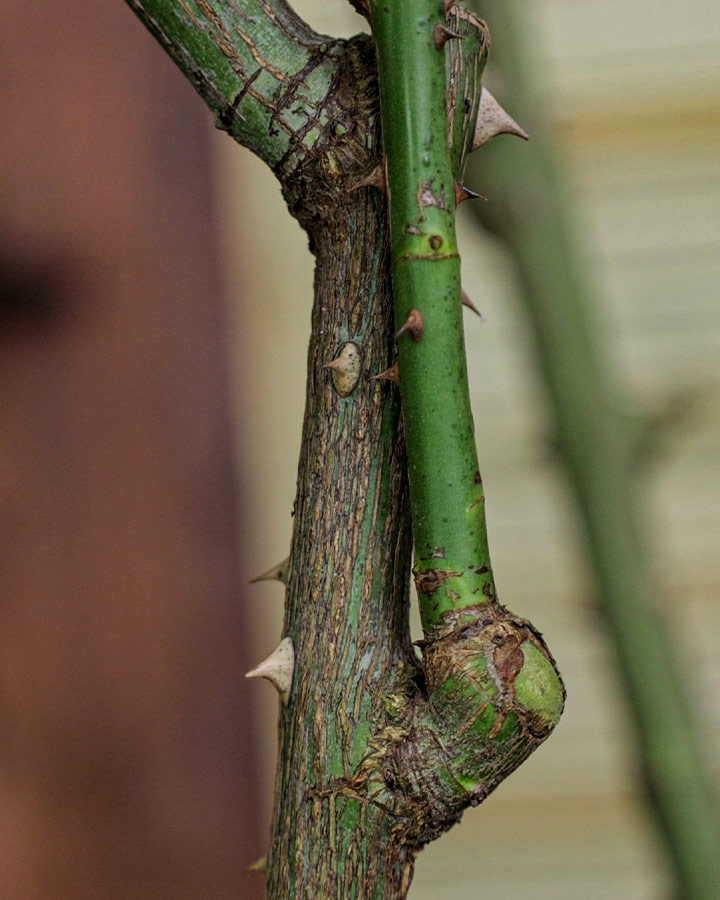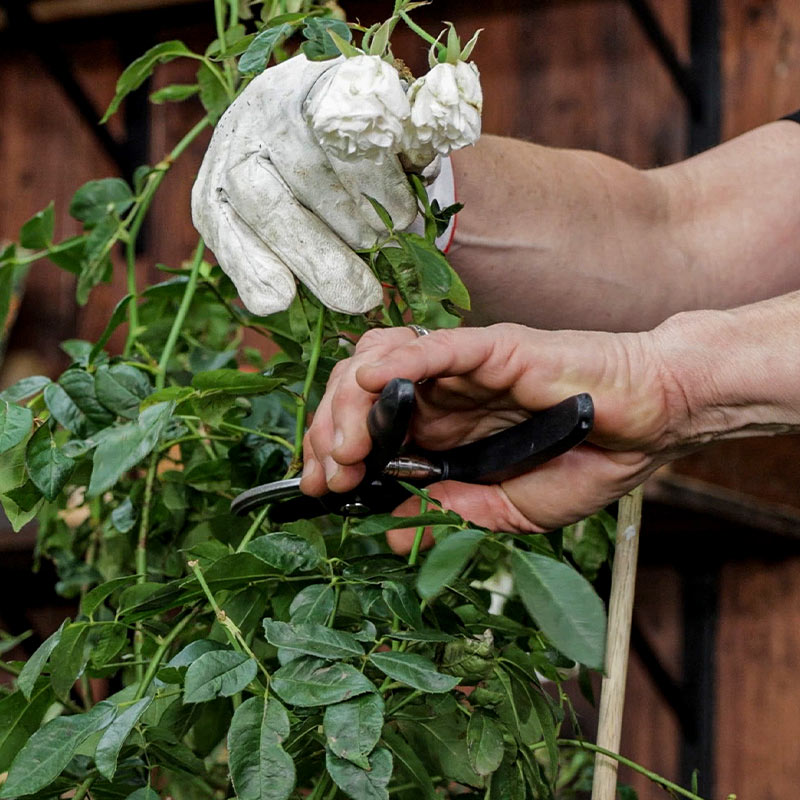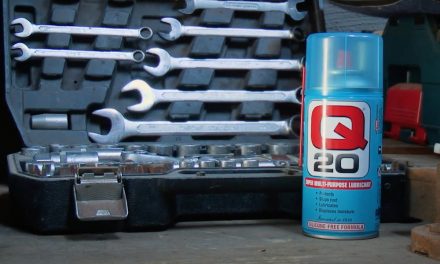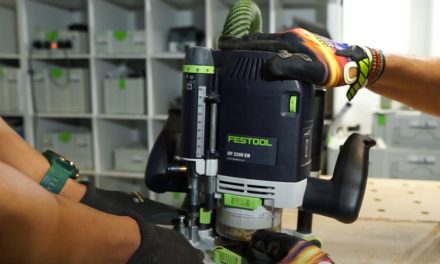Follow these pruning tips for a healthy, beautiful rose.
Roses are such a popular plant and lots of us end up getting them as gifts. Once you’ve got one, though, you need to keep it looking good and that means pruning! Here’s how …
Why
First up, let’s discuss why we prune roses. We prune to rejuvenate: pruning encourages new growth and a succession of flowers throughout the growing season.
When
When should you prune? In warmer, subtropical areas, prune in July. In colder climates, wait until August or even a bit later before pruning. We delay pruning in colder areas in case of late frost, which can burn tender newly sprouted growth – and as we’ve said, pruning rejuvenates plants and stimulates this new growth.
How
Let’s start with pruning a bush rose. One of the most popular roses in the world is ‘Iceberg’, a bush rose that is able to produce new flowers on old wood. What do we mean by old wood? Old wood is exactly that – more mature stems. On a rose you can often identify old wood by the thorns, which will be grey on older wood and the rougher, older bark.
The initial prune is called the first pruning and for this you need a stick or dowel of 1 m in length – this is a vital tool. Make a mark 10 cm from one end of the dowel (this is the depth to which it will be pushed into the soil). Make another mark 50 cm from the first mark and then 70 cm and 90 cm from the first mark.
The next mark down on your dowel, the 70 cm mark, is for a moderate pruning. Again, you simply prune off everything at this level.
The next step is to remove all the thin, twiggy and spindly growth.
Moving further down, to the 50 cm mark, would be a severe pruning. A severe pruning can be terrifying the first time you do it, because it really is harsh! Cutting off your precious rose bush just 50 cm above the ground seems brutal and you’ll be left with a few short, bare stems poking out of the ground. Don’t worry – the plant will recover and look incredible! On a bush floribunda rose like ‘Iceberg’ it’s ok to be left with just two stems. On a cut-flower rose, which is taller and straighter, you would rather end up with one, three or a maximum of four stems.
The final step of pruning is to cut off any old, dried out branches at the base of the main stem.
Hybrid tea rose
A hybrid tea rose is the typical cut-flower rose that has one bloom per stem. Pruning a hybrid tea is similar to pruning a bush rose – in fact, the first few steps are exactly the same all the way to a severe prune. With a hybrid tea, a severe pruning ensures that the plant will produce vigorous, longer, clear, more beautiful stems that are ideal for the vase.
Once you’ve got to the point where you’ve cut back to 50 cm above the ground, you need to decide which stems will remain. Remember, you want a maximum of four stems. With hybrid tea roses you want to leave the new stems and cut off the old wood. Carefully examine the main stems and cut back the old stems at ground level, leaving the best one, three or four new wood stems for the next season. Cutting away the old wood and keeping only young, strong stems will encourage new growth and a great show of flowers.
After pruning is a good time to give your roses a good feed with a quality organic fertiliser, followed by a thick layer of mulch and a good watering.
Tips
When pruning, remember to use clean, sharp secateurs and use smooth, firm pressure when making the cuts. Don’t jerk or hack away – the cuts need to be clean to recover quickly and neatly.
The angle of the cuts you make is also important. All cuts should be made at 90°, as a flat cut allows the plant to recover more quickly. Why? A flat cut has a smaller surface area than an angled cut, so there’s less for the plant to heal.
Dieback?
You may have heard of dieback. After you’ve pruned a stem, the end of the stem left behind might die and turn brown. People used to get very stressed about this, but these days we just consider it a natural process. The plant will probably just send out a new stem below the damage.
Remember, everything you need to maintain and prune your roses, from secateurs to fertiliser and mulch, is available from Builders, either in-store or online at builders.co.za.

